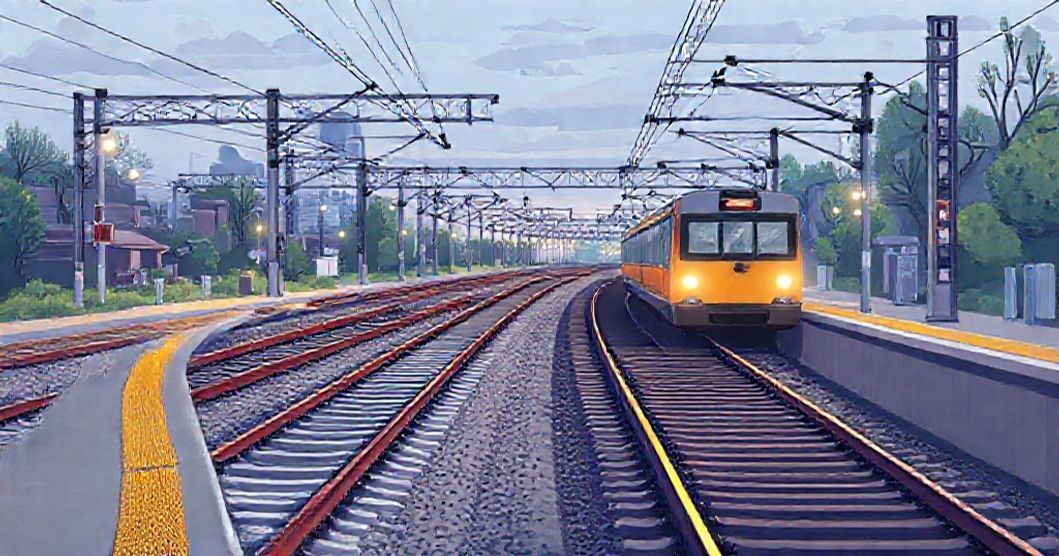railway tracks – Clink-clink. Clinky rattle.
The train has left the station. What is left is a secluded railway track. Oh wait, the track isn’t alone.
Track sleeps on a bed of stone. Hello, Ballast I know where your mind went. No, the stones under the railway tracks are not just ballast.
They are part of it. The concept of ballast is a gift from ships.
The idea of stabilizing huge ships on the oceans gave rise to ballast. When modern railways were operating in England, gravel ballast from ships was used to support the railway roadbed (the roadbed is the entire foundation of the railway track). Ballast is not exclusively stone.
They can be any material placed on the bottom of the vessel to provide stability. Track ballast holds the tracks in place and supports the full weight of trains when they run on them. Technology and arrangements: Construction of roadbed is important for railways.
The roadbed alone cannot withstand the pressure of a heavy moving train. A loaded passenger train weighs on average about 1100 tonnes (which is equivalent to 250 elephants in total!).
For relief, a layer of crushed stones on top of the road becomes ballast. Let’s understand the diagram here.
It shows parts of the railway roadbed along the tracks. A layer of crushed stones is spread along the width of the road. Before spreading the stones, the road surface is prepared in such a way that water runs off the sides.
If you remove the gravel layer, you will see that the shape of the road has returned to its original shape. On top of the ballast, railway sleepers (thick rectangular support ties that lie perpendicular to the track) are distributed. The work has been completed with the laying of the steel track.
The thickness of the ballast layer ranges anywhere between 150 mm (minimum) to 300 or 400 mm. Roadbed vs Ballast The entire foundation of the railway track is the roadbed.
Ballast is simply a layer of crushed stone lying just beneath the tracks. What can be ballast? Many things can be used as ballast, provided they are hard, durable and can withstand extreme pressure. Crushed stone (limestone, granite) is commonly used under railway tracks.
Additionally, commonly, materials such as gravel, sand, water, slag, and burnt soil can also be used as ballast.


